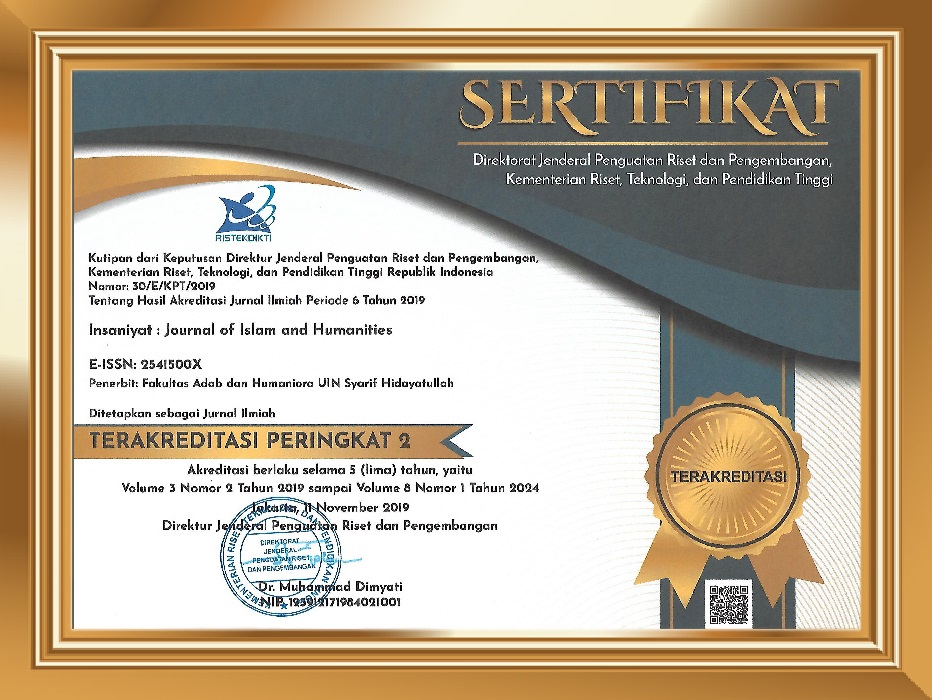Translation Analysis of Ideological Aspects through the Use of Rhetorical Constructions in How to Win Friends and Influence People
Abstract
Keywords
References
Al Farisi, Z. M. (2018). The Impact of Techniques And Translation Ideology on the Clarity of Pragmatic Meanings Translation of the Qur’anic Imperative Verses. International Journal of Applied Linguistics. Vol 7 N0. 3, January 2018, pp: 676-686
Basnett, S. (1991). Translation Studies. Revised edition. London and New York: Routledge
Carnegie, D. (1981). How to Win Friends and Influence People. Revised edition. Simon and Schuster, New York.
Dijk, van. T. A. (1995). Aims of Critical Discourse Analysis. Journal of Japanesse Discourse.): pp: 17-27
Dijk, van. T. A. (1999). Critical Discourse Analysis and Conversation Analysis. Discourse and Society 10(4).pp: 459-470.
Dijk, van. T. A. (2000). Ideology and Discourse: A Multidisciplinary Introduction. Universitat Oberta de Catalunya.
Dijk, van. T. A. (2005). Discourse Analysis as Ideology Analysis. In Christina Schaffner and A. Wenden (ed). Language and Pace. pp: 17-33. Aldershot, Darmouth Publishing
Dijk, van. T. A. (2006a). Ideology and Discourse Analysis, Journal of Political Ideologies. pp: 115-140. Routledge. Taylor&Francis group
Dijk, van. T. A. (2006b). Politics, Ideology and Discourse. Universitat Pompeu Fabra, Spain. Elsevier. pp: 728-740.
Farhadi, S. (2014). Articulating Maxims, Silencing Liberalism: Power And Ideology in Translating Ibsen in Iran. International Journal of Applied Linguistics & English Literature. Vol 3 No.3
Fauzia, N. (2005). Bagaimana Mencari Kawan dan Mempengaruhi Orang Lain. Binarupa Aksara. Jakarta.
Goatly, A. (2011). The Language of Metaphors. Routledge.
Hatim, B & Mason, I. (1997). Translator as Communicator. Routledge, London.
Lakoff, G & Johnson, M. (1980). Conceptual Metaphor in Everyday Language. The Journal of Philosophy. Vol: 77, Issue: 8. pp: 453-486
Lakoff, G. (1992). The Contemporary Theory of Metaphor. In Metaphor and Thought. 2nd edition. Cambridge University Press.
Molina, L & Albir, H.A. (2002). Translation Techniques Revisited: A Dynamic and Functionalist Approach. Meta, XLVII,4. Pp: 498-512
Munip, A. (2018). Uniqueness in Translating Arabic Hagiography of Shaikh
‘Abd al-Aādir al-Jailānī: The Case of An-nūr Al-Burhānī. International Journal of Applied Linguistics. Vol 7 No. 3, January 2018, pp: 668-675
Nababan, M.R. (2012): Pengembangan Model Penilaian Kualitas Terjemahan. Jurnal Kajian Linguistik dan Sastra, Universitas Muhammadiyah Surakarta. Vol 24 No. 1. pp: 39-57.
Newmark, P. (1988). A Textbook of Translation. Europe. Prentice Hall.
Nida, E. A. & Charles, T. (1982). The Theory and Practice of Translation. Leiden: E.J Brill.
Rashidi, N & Fam, K. E. (2011). Investigating the Possibility of Ideological Effects and Discourse Shifts in Translation: A Critical Discourse Analysis. JoLIE , vol: 4
Schaffner, C. (1996). Discourse and Ideologies. Multilingual Matters Ltd, Frankfurt Lodge.
Searle, J. R. (1981). Expression and Meaning: Studies in the Theory of Speech Acts.
DOI: 10.15408/insaniyat.v5i1.15459
Refbacks
- There are currently no refbacks.







